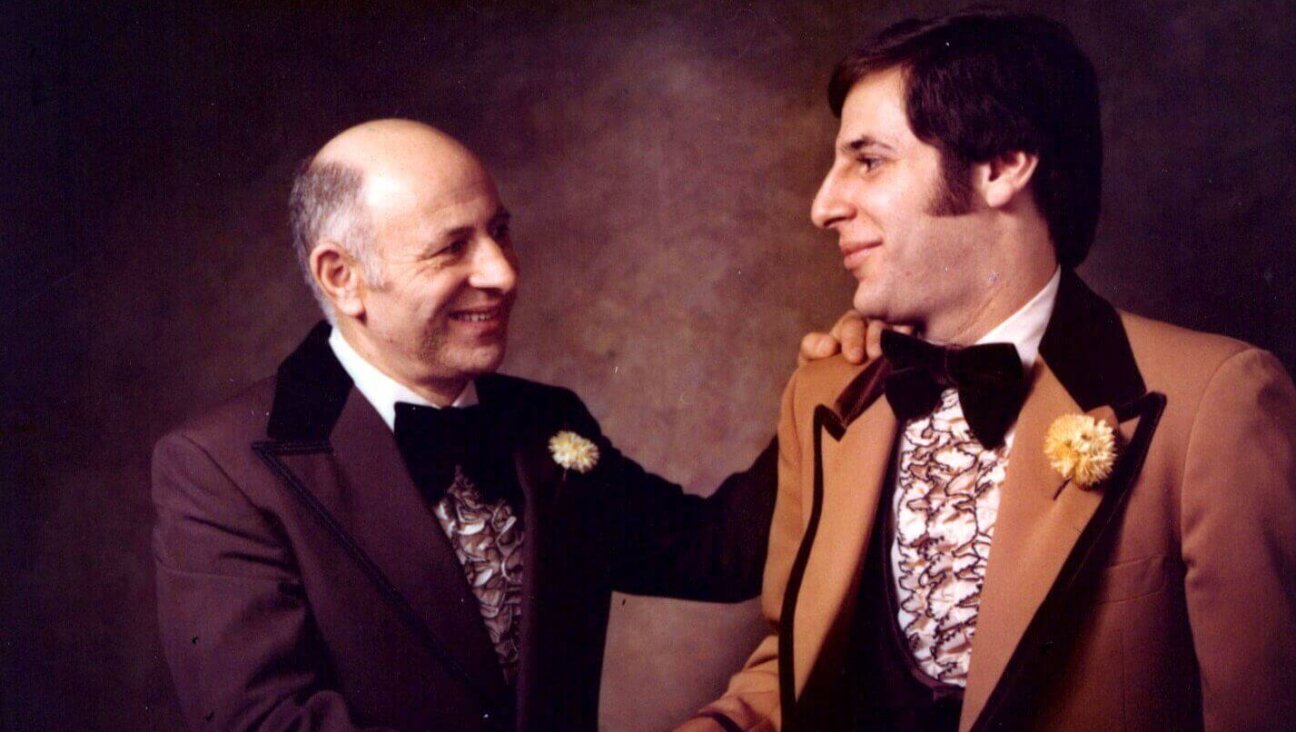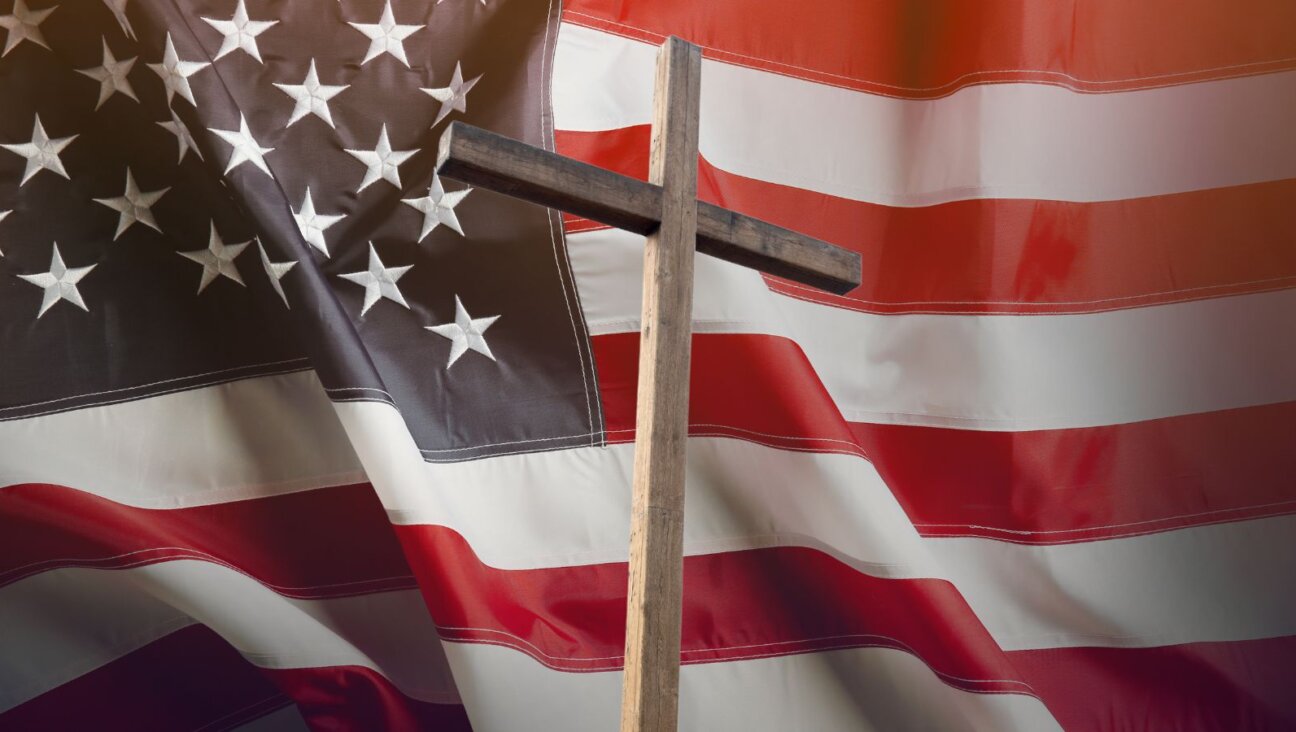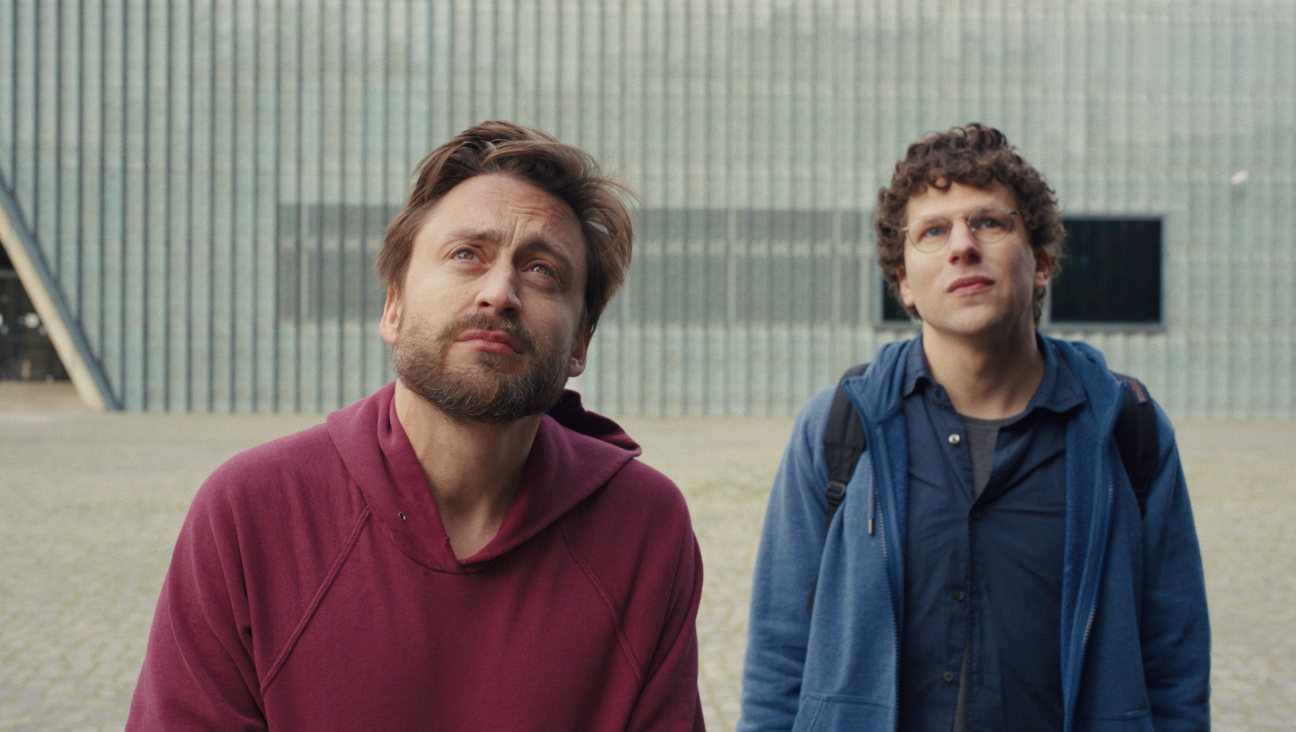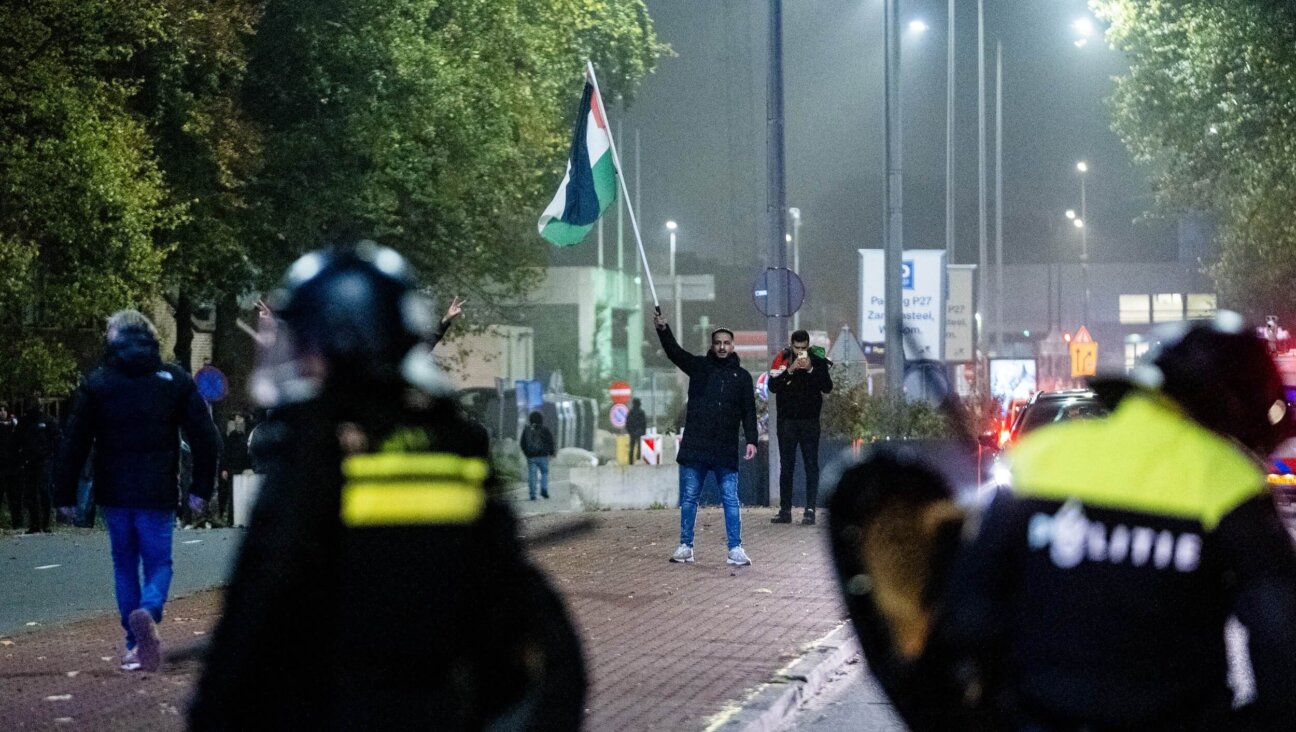A Little Paris Just Outside Warsaw
When art lovers think of the early 20th-century movement known as École de Paris, such Eastern European Jewish superstars as Marc Chagall, Moïse Kisling and Chaïm Soutine come to mind. All these celebrated artists went to France for inspiration, instruction and exaltation. Their contemporaries, however, included dozens of infinitely less famous Jewish artists of real quality, such as Joachim Weingart, Jerzy Ascher and Henryk Epstein.
The continuing obscurity, until now, of many of these talents is as much due to the crushing weight of exile as to the Holocaust, as both fates affected all the artists at Villa la Fleur in one way or another. Such obscurity may soon lessen, thanks to one passionate Polish collector: property development executive Marek Roefler, who in May opened Villa la Fleur, a small museum just outside Warsaw, featuring highlights from his collection of hundreds of paintings by École de Paris artists, most of them Jewish.
While currently open only by appointment, with a modest website and a Facebook page, Villa la Fleur, a graciously light and airy suburban home originally built in 1906, is garnering considerable local excitement in a city still scarred by World War II, heavily laden with memorials that explain how more than 3.4 million Polish Jews were so efficiently slaughtered that today’s Jewish population in Poland has been estimated at only 20,000.
In 2012, the much anticipated new Museum of the History of Polish Jews, designed by Finnish architects Rainer Mahlamäki and Ilmari Lahdelma, is scheduled to open on the site of the Warsaw Ghetto, but unlike Villa la Fleur, which presents art for its own sake, this will be a historical museum, with more wartime horrors displayed, providing yet more occasions for grieving. Warsaw’s Jewish Historical Institute offers a carefully chosen permanent exhibit of “Jewish Artists in Warsaw, 1918–1939,” yet these artists, too, are naturally presented within the context of appalling historical tragedy. Like the statues outside Yad Vashem, any artworks presented in a museum that is chiefly intended to commemorate appalling historical suffering must put art on a secondary plane of importance. By extension, this, in retrospect, rewrites the lives of artists according to how they involuntarily died, rather than how and why they lived.
By contrast, Villa la Fleur is an exuberant display of joy, reuniting in Poland part of the celebratory gusto of prewar Jewish painters who, unlike so-called “Holocaust composers,” have yet to enjoy widespread revival. Last July, the newspaper “Le Monde” devoted a mocking article, “Philosemitism Without Any Jews,” to how, suddenly and inexplicably, things Jewish appear to be all the rage in Cracow, where Jewish festivals abound and even a Jewish bookstore (run by Catholics, since there are no Jews to staff such a venture) opened. Though also run by non-Jews, Villa la Fleur offers more concrete, permanent evidence of genuine Jewish culture, not sad nostalgia for what is permanently lost and now lamented.
Roefler, bizarrely described in The Art Newspaper as an “oligarch,” turns out to be a friendly, unpretentious, charismatic fellow with a mop of blond hair, resembling an infinitely fitter, much younger brother of screen actor Gérard Depardieu. Supermodel Naomi Campbell and other typical oligarch appendages were noticeably absent in the utilitarian Warsaw office of Dantex, the company of which he is CEO, where Roefler explains how over the past 20 years he had been intrigued by tennis player-turned-art dealer Wojciech Fibak and his early interest in École de Paris painters. Roefler was eventually bitten by the collecting bug, a malady he treats by studying upcoming online auctions in Israel, New York and London from the comfort of his home and his office. As Villa la Fleur curator Artur Winiarski explains, this describes the acquisition of such exuberant paintings as Weingart’s 1930 “Nude” (a Bonnard-like celebration of flesh in which a woman puts on a stocking with seductive insouciance) and “Girl With Flowers,” also from the 1930s, in which the subject’s sly sideward glance belies the apparent innocence of her pose beside an abundant bouquet. Weingart, a native of Drohobych in Western Ukraine, urgently merits rediscovery.
The same is true of Israel Levin, another artist whose life has been obscured by posterity, despite the charm of his lovingly tender “Women in a Room” (1925), in which a mother and daughter lean their heads together, smiling as they collaborate on sewing work, while an architectural design over their heads resembles a chuppah, as if symbolizing their union in life. There are also some possible forebodings in these paintings, most notably in those by Warsaw-born Ascher, who would be murdered in deportation in 1943. Ascher’s “Young Woman,” from 1925, reflects the German New Objectivity movement, which attracted such Jewish artists as Felix Nussbaum, with a view of a melancholy subject leaning over a table laden with onions, tomatoes and other produce. They seem to bring no joy, as if expressing an awareness that the fruits of the earth may relatively soon turn poisonous. Clustered in a domestic setting where they crowd the walls, these works are redolent of the power and significance of home life in Jewish tradition. Even the potential loss of that home life is redolent of palpable tragedy.
Thus, Epstein’s “Seaside in Brittany,” undated but possibly from the late 1930s, employs a startling mix of turquoise and related hues to evoke an angrily churning sea. The seascape dwarfs a solitary figure in the middle distance, which can only witness the violent havoc, as if in premonition of already developing tragedies. Despite such moving images, the overall impression of Villa la Fleur is inspiringly upbeat. Its fine art is interspersed amid lavish Polish art deco furniture, much like a saner version of the Barnes Foundation. There are literal reminders from the Chelm-born artist Szymon Mondzain of Jews as People of the Book, in such canvases as “Woman Reading,” from 1923, a sober, monumental image of intellectual force, and his earlier “Man With a Book” (1913), in which a man of Jewish appearance holds open a volume, pointing to a passage with his thumb while gripping a pipe in his other hand. Like “Woman Reading,” “Man With a Book” provides the reader an architectural frame overhead to add extra dignity.
Other pleasures shine forth from the walls of Villa la Fleur, such as the need for speed that is expressed in “Horse Race,” an undated painting by Mané-Katz, an artist who was born Emmanuel Katz in Kremenchuk, a city in Central Ukraine. Mané-Katz’s highly dynamic study of motion seems influenced by such Italian futurists as Giacomo Balla, also obsessed with the pace at which the modern world was moving. There is comparable power in works by the Warsaw-born Mela Muter, such as “Idyll” from the 1940s, a Michelangelesque, mysteriously pagan allegory of figures tilling the soil and nurturing babies. Just as imaginatively fecund is Warsaw-born Henri Hayden’s “Boy With Fish,” from 1913, in which a familiar Cézanne image of a fisher boy is reimagined wearing an artist’s smock and Rembrandt-like hat, holding a couple of red snappers with what seems utterly Beckettian gloom. Indeed, decades later in France, Hayden would become a close friend of Beckett’s, when the historical situation would doubtless seem to confirm both men’s leaning toward despair.
Entirely more triumphant is another splendid work by Mondzain, “Interior, Portrait of Madame Mondzain,” much influenced by Vermeer’s interiors revealing Dutch prostitutes in domestic occupations. Mondzain depicts, instead of a prostitute, his wife painstakingly playing the lute in front of well-filled bookshelves, a cultured balebuste, or housewife, who reminds the viewer of the richness of prewar Polish-Jewish culture. This may be a subject for futile regret in other parts of today’s Poland, but it is acutely brought back to life in the Villa la Fleur collection. America’s Jewish museums could do worse than contemplate a visiting exhibit of highlights from this collection.
Even during a frigid Warsaw October, with the city’s rank polluted air hovering above like an ominous cloud, Villa la Fleur, unheated on that day, proved a surprisingly heart-warming experience. A city that in 2006, over the vehement objections of Warsaw Ghetto survivor Marek Edelman, erected a huge statue in honor of the notoriously anti-Semitic politician Roman Dmowski — who also has a major Warsaw traffic roundabout named after him — does not really deserve an outpost of humanity as glowingly affirmative as Villa la Fleur.
Benjamin Ivry is a frequent contributor to the Forward.
Contact information for Villa la Fleur is available on the museum’s website, www.villalafleur.com
A message from our CEO & publisher Rachel Fishman Feddersen

I hope you appreciated this article. Before you go, I’d like to ask you to please support the Forward’s award-winning, nonprofit journalism during this critical time.
At a time when other newsrooms are closing or cutting back, the Forward has removed its paywall and invested additional resources to report on the ground from Israel and around the U.S. on the impact of the war, rising antisemitism and polarized discourse.
Readers like you make it all possible. Support our work by becoming a Forward Member and connect with our journalism and your community.
— Rachel Fishman Feddersen, Publisher and CEO






















